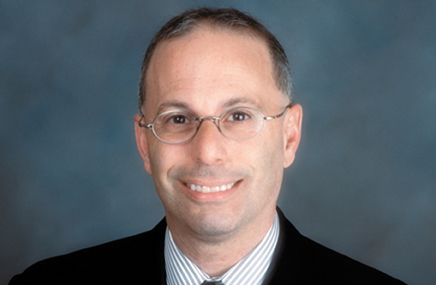In his 1946 Sinews of Peace speech Winston Churchill remarked, “From Stettin in the Baltic to Trieste in the Adriatic an iron curtain has descended across the Continent.”
Has an iron curtain today descended on drug safety and quality on many other continents?
Word has it a new WHO study says just 20% of member nations have drug regulatory capacity to properly ensure the safety of their drug supplies.
To paraphrase the British Bulldog, the safety of the world’s drug supply requires a new unity from which no nation should be permanently outcast.
It’s time to pursue FDA Commissioner Peggy Hamburg’s call for a regulatory Marshall Plan to help build (nation-by-nation) global systems for quality and safety.
Two of the most important health advances of the past 200 years are public sanitation and a clean water supply. Those achievements helped control as many public health scourges as medical interventions helped eradicate them. A high tide floats all boats.
Working together to raise the regulatory performance of all nations will help all nations (even the 20% deemed “capable” by the WHO) to create sound foundations to address a multitude of quality and safety dilemmas such as the manufacturing of biosimilars, the control of API and excipient quality, pharmacovigilance and, yes, even counterfeiting.
With scarce resources, perhaps the best place to start is by committing to common standards for data capture and reporting. After all, knowledge is power.
Difficult? To be sure. But, as Winnie reminds us, “A pessimist sees the difficulty in every opportunity; an optimist sees the opportunity in every difficulty.”
Peter Pitts is president, Center for Medicine in the Public Interest and a former associate commissioner of the FDA
From the March 01, 2012 Issue of MM+M - Medical Marketing and Media







